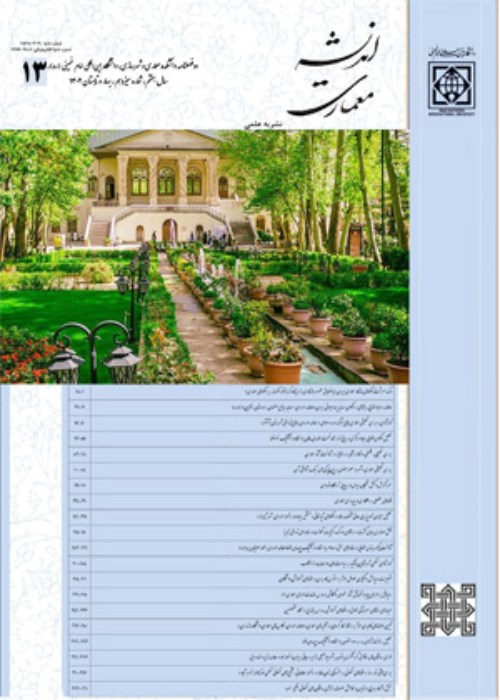Spatial Experience of Narrative and Architecture: The role of narrative in improving the quality of the space of Iranian new museums
New century, entering the digital age, puts museums in a different life cycle. Most museums in Iran are simply protective and unsophisticated spaces which is an influential factor in the low number of museum visitors. The first step in the revival of Iranian museums and the establishment of new ones is to achieve modern applied knowledge. Museums, as places with a great deal of narrative potentials, suffer numerous temporal, spatial, cultural, and social deficiencies. Narrative as a mediator helps audiences fill the gap in the museum environment. The present research aims to recognize the composition of the narrative and the atmosphere of the museum which plays an important role in providing a more successful understanding of the new museum spaces for visitors. The purpose of the present research is to understand how the audience interacts with the museum in the process of space perception, how visitors participate in the narrative of the museum's place, and finally to identify the influential factors through which the narrative improves the quality of museums' space. This research is based on the Grounded Theory method; theoretical studies, selection of case studies and finally field studies through deep interviewing were carried out. In the coding phase of the interviews, an international standard for documenting and controlling the concepts and information exchange in the cultural heritage and particularly museums has been used as the conceptual reference model. This model contributes to the promotion of a common understanding of cultural heritage by providing a common and widespread semantic framework. This standard illustrates the basic concepts of the subject and facilitates the integration, intermediation, and exchange of information and ultimately, as a common language, will be a guide to the conceptual modeling. In this research, we have defined a conceptual framework for each category and avoided repeating complex generalities. Holy Defense Museum, National Museum, and Carpet Museum have been selected as the study samples which are in line with the developments in modern museums and are often focused on a specific subject, with a variety of related collections. In the next step, the acquired codes through interviews were transmitted to the Protege software and analyzed using the extracted graphs and the secondary coding table. According to the analysis, three factors of place-time, object, and the subject can be considered as the main codes of understanding the narrative of spaces by the audience. The concept of place-time in art and architecture is meaningful in terms of movement within the space. Architecture can be traced as a physical entity and the audience grasps the various sequences of space by motion. Through the physical movement of the audience, the vastness and transparency of spaces cause the visual movement as well. Meanwhile, the mental movement is done by referring to the living body of the target audience. According to the results and the analysis carried out based on the frequency of codes on the museums' plan, the openness and broadness of spaces due to the visual polygon analysis play a significant role in perceiving the narrative of spaces by the audience. Museum objects are major parts of the cultural and natural heritage which reveal their narratives; each object has one or more stories and visitors make their narratives. Among the different manners of presentation, the possibility of touching the works and presenting them integrated with the space end in a more durable memory in the interpretation of the audience from the museums’ narration. Through blurring the border between the work and visitors, they perceive the narrative of space using their physical presence.
- حق عضویت دریافتی صرف حمایت از نشریات عضو و نگهداری، تکمیل و توسعه مگیران میشود.
- پرداخت حق اشتراک و دانلود مقالات اجازه بازنشر آن در سایر رسانههای چاپی و دیجیتال را به کاربر نمیدهد.


